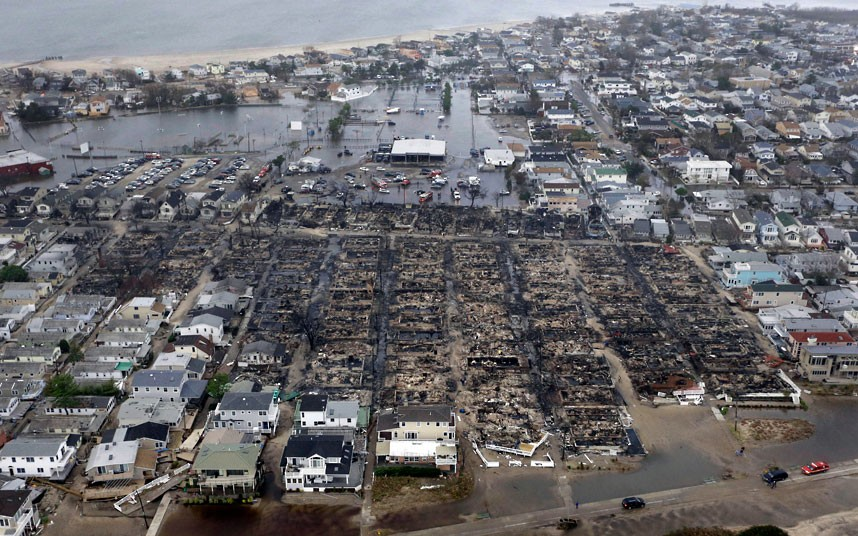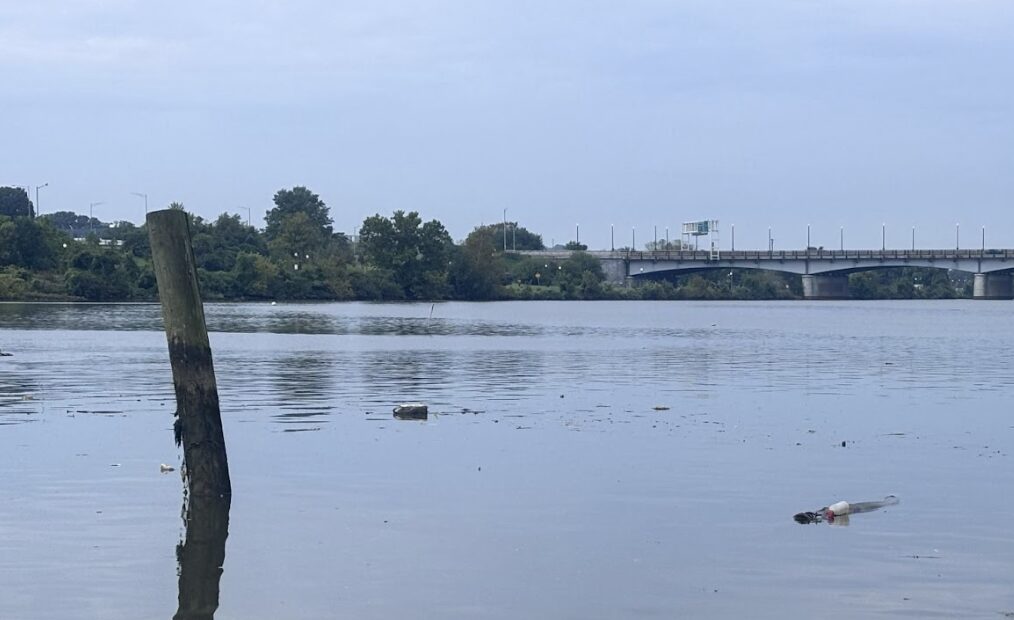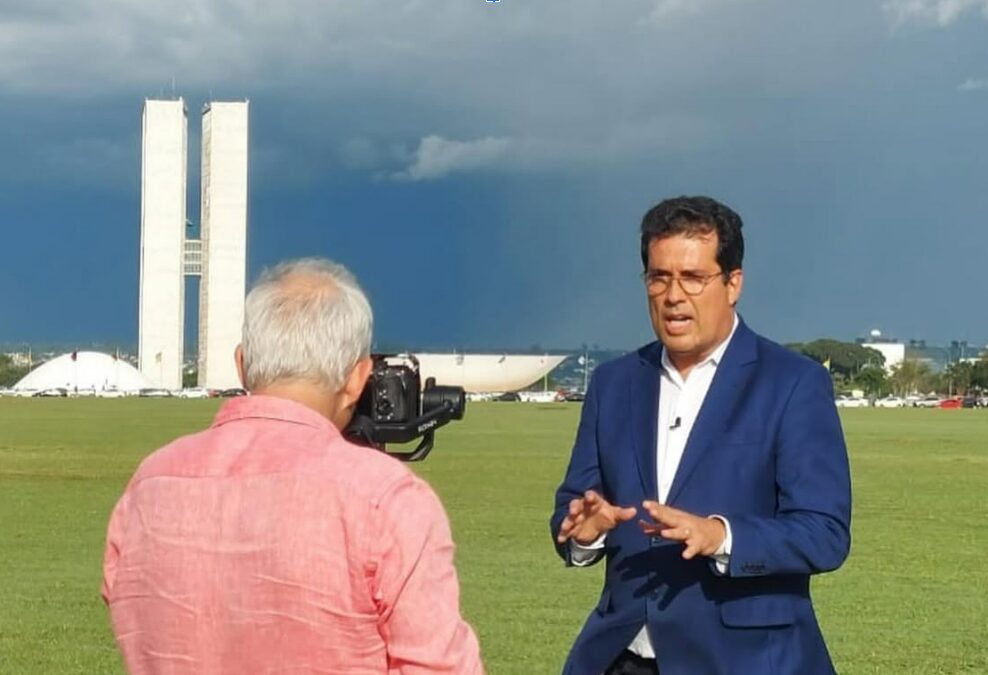
If A Hurricane Hit Tomorrow

I’m from Maplewood, New Jersey, which is in the northern part of the state. If you drive one hour north, you’ll be in New York – one hour south, you’ll be at the beach.
While many people may have never heard of Maplewood, they have probably heard of Hurricane Irene and Superstorm Sandy, two recent violent storms that damaged my town. As the impact of climate change continues to threaten the entire world, the Northeast may see more brutal storms as a result.
What scares me is how frequent and violent these storms can become. In 2006, Hurricane Ernesto hit our town knocked down one of the trees in my front yard on to my house. While there was no major damage done, we didn’t realize how much shade that tree provided until our house was significantly warmer the next year and our air conditioning bill went up as a result.
 When Hurricane Irene hit, my basement was filled with over three feet of water because our electric sump pump broke due to the power outage. We had to wait for the fire department to come pump our basement out before we could begin to assess the damage. When the fire department finally came, they said we had won the award for the most water in a basement.
When Hurricane Irene hit, my basement was filled with over three feet of water because our electric sump pump broke due to the power outage. We had to wait for the fire department to come pump our basement out before we could begin to assess the damage. When the fire department finally came, they said we had won the award for the most water in a basement.
When Hurricane Sandy hit, just about every street in my town had a section closed because of a down tree and/or telephone pole. It took over a week for power to fully be restored. We have started to joke in my town now that soon we will have no trees because every major storm seems to knock down at least one tree on every street.
According to the National Climate Assessment (NCA), two of the key challenges facing the Northeast are coastal flooding and stressed infrastructure being compromised due to climate-related hazards. Climate change worries me, especially the big increase in dangerous storms that might head straight for my town. The Northeast region has seen more than a 70% increase in precipitation, more then any other region in the U.S. When Superstorm Sandy hit in 2012, it became the most destructive hurricane ever recorded in New Jersey. According to The Huffington Post, Superstorm Sandy is the second costliest hurricane since 1900 with an estimated total damage amount of $50 billion.
In order to protect ourselves, the Northeast will need to take drastic measures. By 2030, New York City buildings with more than seven stories and over 300,000 sq. feet will be required to undertake flood protection measures. While Maplewood has not yet issued a similar mandate, it is only a matter of time before they do.
I think every house and building should be required to take similar measures. As climate change charges on, its hard to know when and how damaging the next storm will be. It’s important to take the time now to climate-proof your home, so you’re ready when the next big storm hits.
Sam Cohen is a junior majoring in Journalism and Mass Communication at The George Washington University.
Top photo courtesy Flickr user Dave S
























